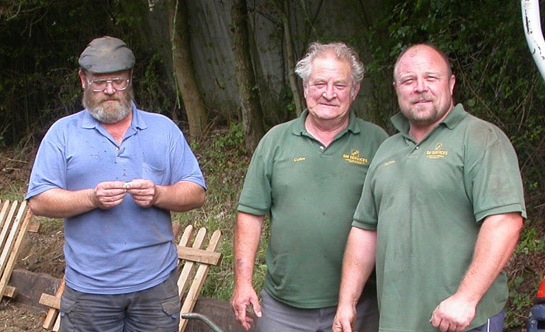You need to be where today’s customers can find you. A web site and social media presence are essential for every business.
The Internet is the new shopfront – our customers, suppliers, staff and anybody who wants to deal with us is checking us out on the web before they contact us.
Social media is where our customers are talking about us. It’s vital that businesses have a social media presence and know how to use it properly.
Both a web site and a social media presence are essential for every organisation, but how does a time pressed manager or business owner make sure they are getting the most from their investment?
The Demystifying Online & Social Media workshops are two half day sessions. The morning session will show you how you can use various Internet tools to promote your business and products online to the world. The afternoon session will show you how to use social media effectively to service your customers and market your business.
Business veterans and Internet experts Brad Keeling and Paul Wallbank will guide you through the online tools and techniques which businesses owners and managers can use to improve their Internet performance and effectively extend their web reach to their key customers.
I already have a website
Even if you have website, it’s essential to be using it properly and making sure it’s leveraging other online channels – it’s now essential the local plumber, lawn mowing service or hairdresser is getting the most from their web presence.
What will I learn?
During the workshop participants will develop a cost effective online presence, understand how social media can work for their business and gain insights on strategies to their presence on the web.
The morning session covers;
- basic web design essentials
- choosing keywords
- using online basic search optimisation strategies
- making images and video work for your site
- using free local directory services
The afternoon session will cover;
- choosing the right social media tools
- integrating social media with your business
- building a social media following
- dealing with trolls and haters
- gathering business intelligence through social media
All of this is explained in basic, commonsense terms and at the end of the workshop you’ll have the knowledge to run a basic but effective online and social media business strategy. A full set of reference notes will be provided to workshop participants.
If you’re a tradesman, local shop, restaurant, cafe or any other business catering to a neighbourhood, suburb or district these are workshops you cannot afford to miss.
Location
Business Growth Centre
48 Oakdale Road Gateshead NSW 2209 Map
Date and Time
Friday, October 26 2012.
Morning session. Getting the web working for your business – 9am to 12pm
Afternoon session. Unleashing social media in your business – 1pm to 4pm
Price
Single session – morning or afternoon $49.00
Both sessions – $89.00
Book now
Seats are limited so book now through our secure website to guarantee your place at this workshop which no business can afford to miss.
Similar posts:




